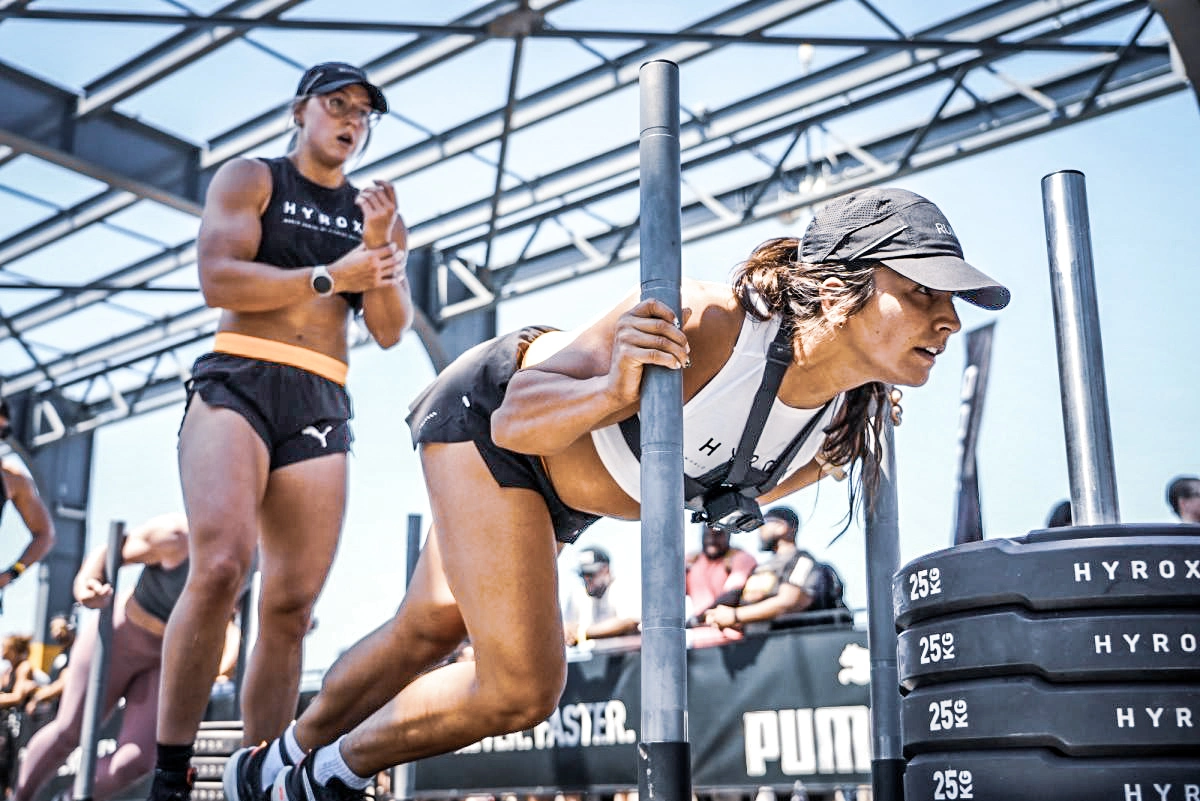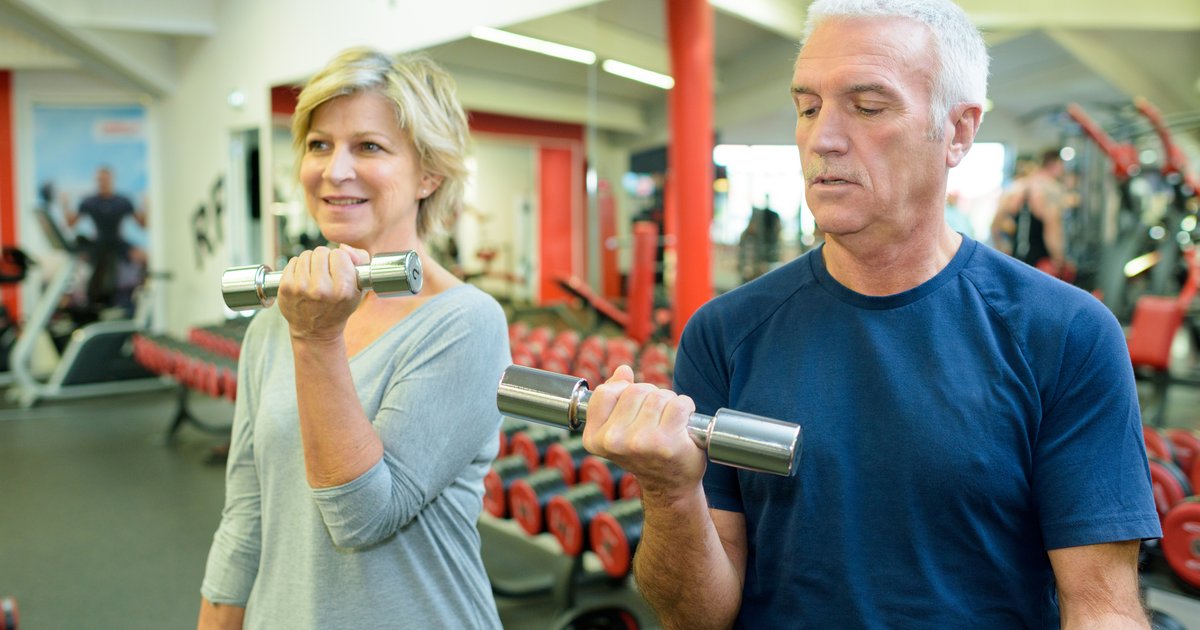Yoga is a popular American fitness regimen that has great benefits

In the U.S., about 1 out of 6 adults say they practice yoga, according to recent survey data published by the Centers for Disease Control and Prevention.
Outdoor fitness classes, including yoga, boomed during the pandemic but more and more people are taking lessons inside as studios like Tranquility Yoga in Flemington are coming back to life.
About 80% are practicing to improve their health, and some 30% are using it to treat and manage pain, but the ancient planking, meditating or downward dogging are part of a complementary health approach that is effectively used to promote physical and mental well-being.
“Yoga is a complementary health approach used to promote health and well-being,” says Nazik Elgaddal, an IT specialist at the CDC’s National Center for Health Statistics who co-authored a data brief on the topic.”
The stretching and strengthening exercise has been shown to reduce stress and help with some types of neck and back pain.
The survey also found that women are twice as likely to do yoga than men – with more than 23% of U.S. women practicing it. While Yoga is most popular among people who are Asian or White, there are plenty of people who are Black, Hispanic, or of other races doing yoga too. People with higher incomes were more likely to practice yoga.
The survey did not distinguish between yoga done in person or online, notes Elgaddal, who takes yoga classes offered by her workplace on Zoom. It found that more than half of the respondents also meditate as a part of their practice.
The data comes from the 2022 National Health Interview Survey, and is published in a June 2024 data brief. Every five years, the NHIS includes questions on complementary health, including yoga.
A previous analysis showed that complementary approaches in the U.S. have grown in popularity over the past twenty years.
Yoga experienced the largest increase in that time, going from being practiced by 5% of the adult population in 2002 to 16% in 2022.
In that time, yoga has become so ubiquitous that it’s hard to parse, says Ophelia Yeung, a senior research fellow at the Global Wellness Institute, which studies the economics of the $5.6 trillion global wellness industry.
“There are lots of people doing [yoga] on different online platforms – Peloton, Apple Fitness, Netflix, Youtube” to name a few, Yeung says, “If you ask a consumer which part of their [subscription] spending is for fitness and which part is for entertainment, it’s all bundled,” she says.
“A healthy and successful fitness routine relies on balance – mixing up lower-intensity workouts in between your high-intensity days, while challenging your muscles in a different way,” says Lisa McCormick, who runs Tranquility Yogo in Flemington. “Yoga is a versatile practice that offers the body and mind a chance to connect, plus the movement you crave. These classes create a sweet symphony of breath and movement.”
Related
Discover more from NJTODAY.NET
Subscribe to get the latest posts sent to your email.
Related
Neck Cloud Launches Cervical Traction Device For US Fitness Enthusiasts
A new cervical traction device is being launched in the US aimed at fitness enthusiasts, offering a safer, more affordable, and more convenie
How Hyrox Took Over New York – and the Rest…
Hyrox returns to New York this May for a follow-up to last year’s NYC event, which put the popular fitness race on the map in America When
Jane Fonda, Yoga and ‘Pumping Iron’: How the 1970s Changed…
“I think of women’s fitness history as B.J. and A.J. — Before Jane and After Jane,” Ken Alan, a kinesiologist who taught aerobics in the 1970s, said in
The American population is aging, and the fitness industry is…
When it comes to men and women over 50 who aspire to live healthy, 2025 could be a banner year. Why? Well, the numbers tell the story, and this year, more than













